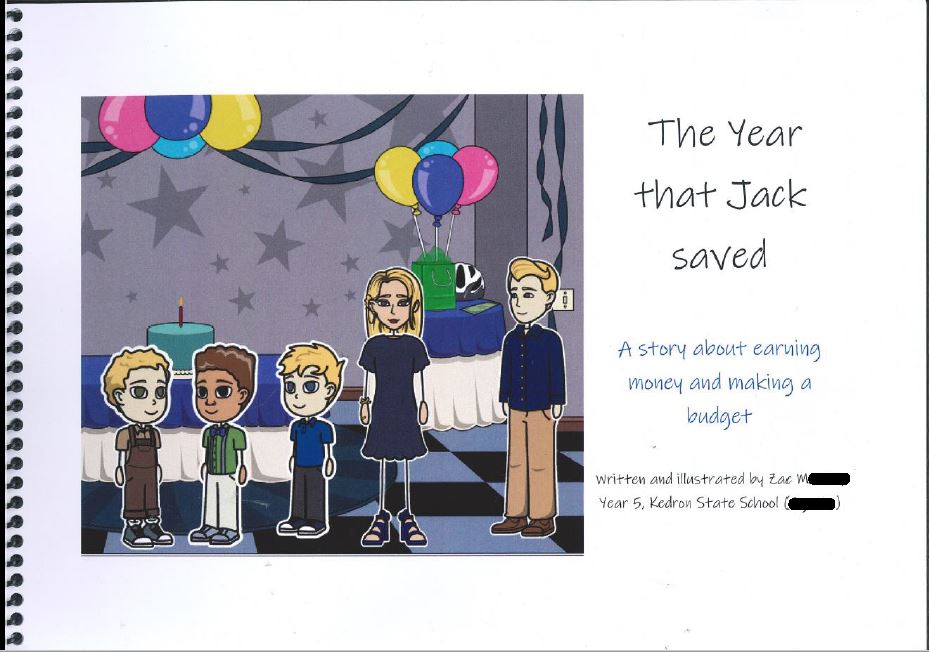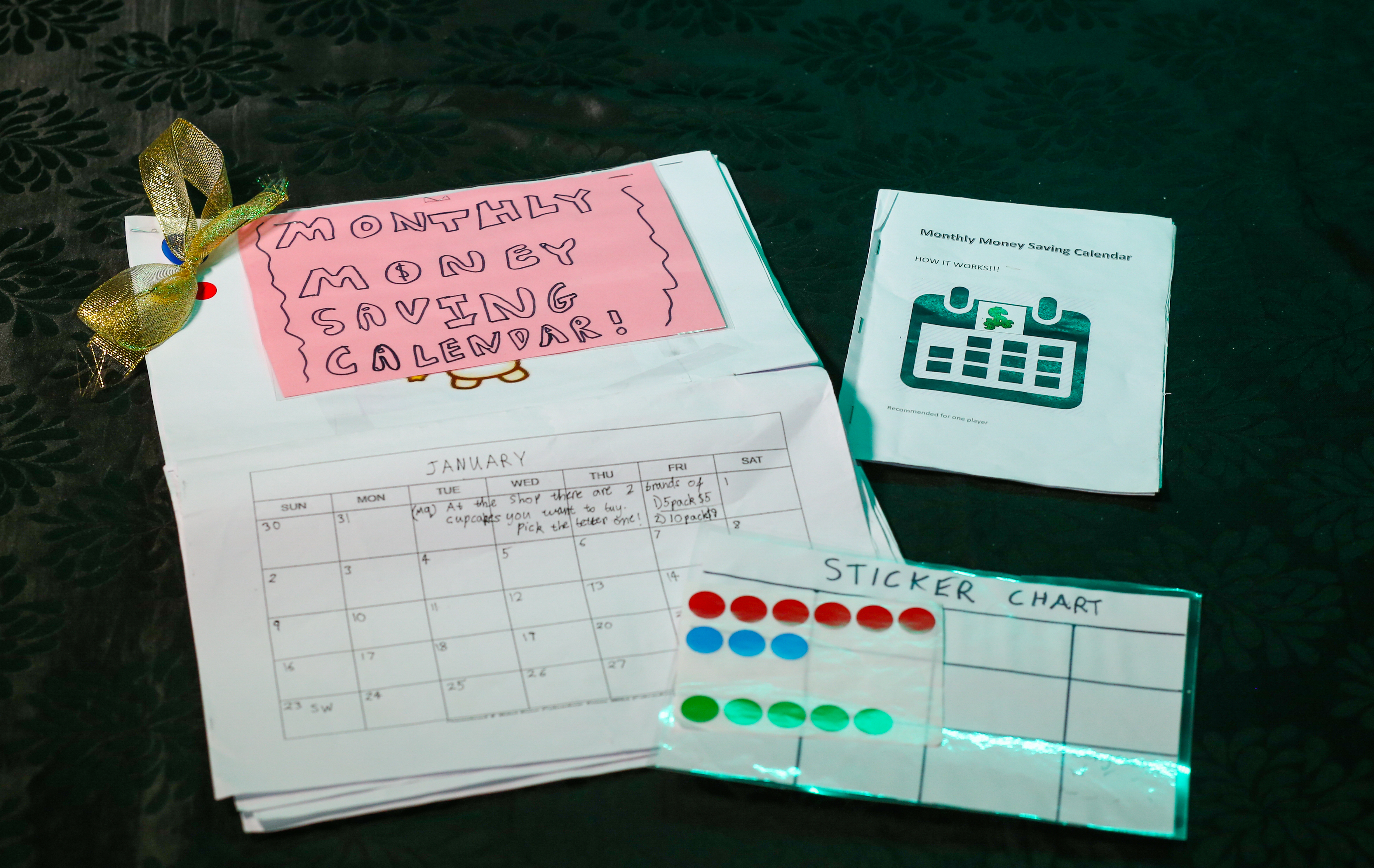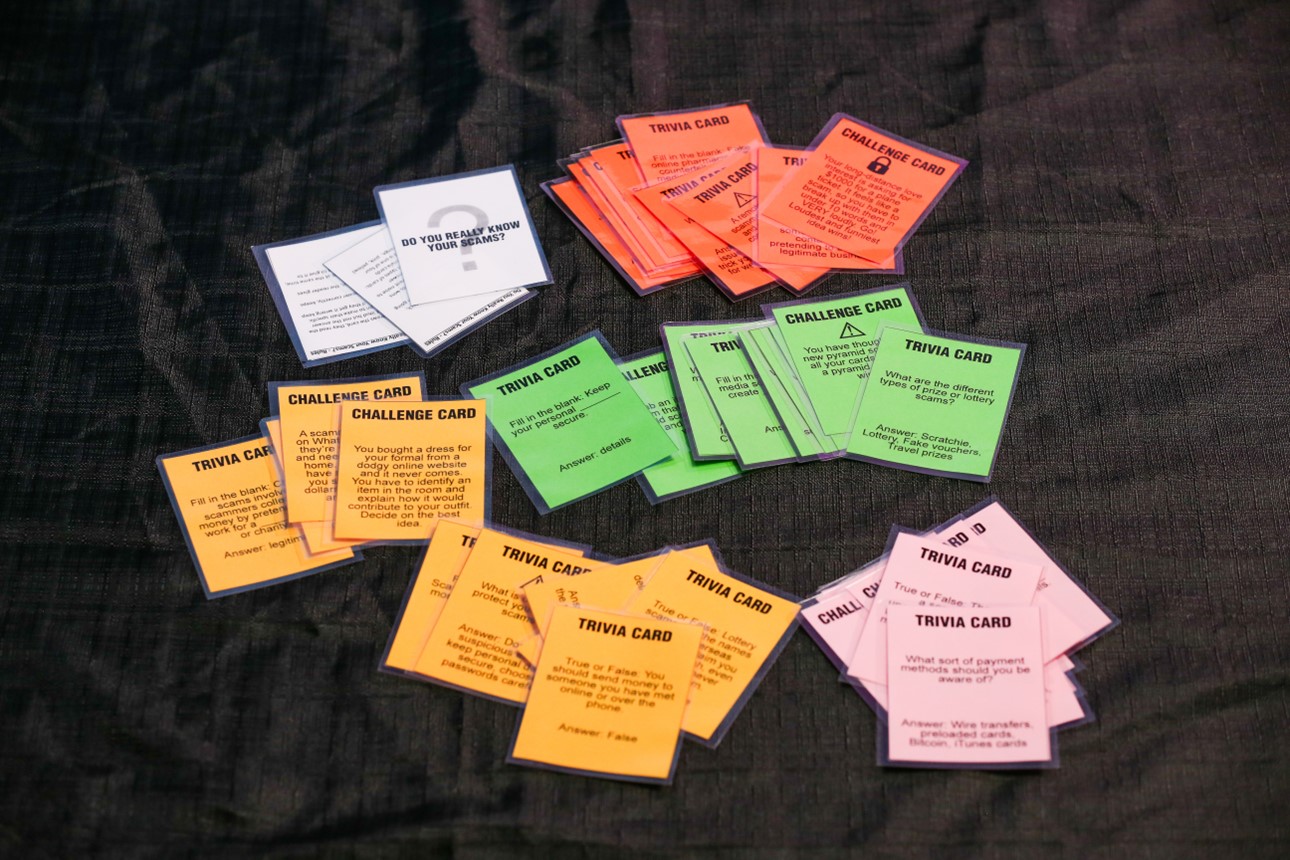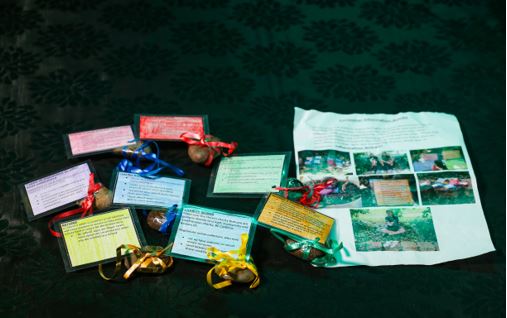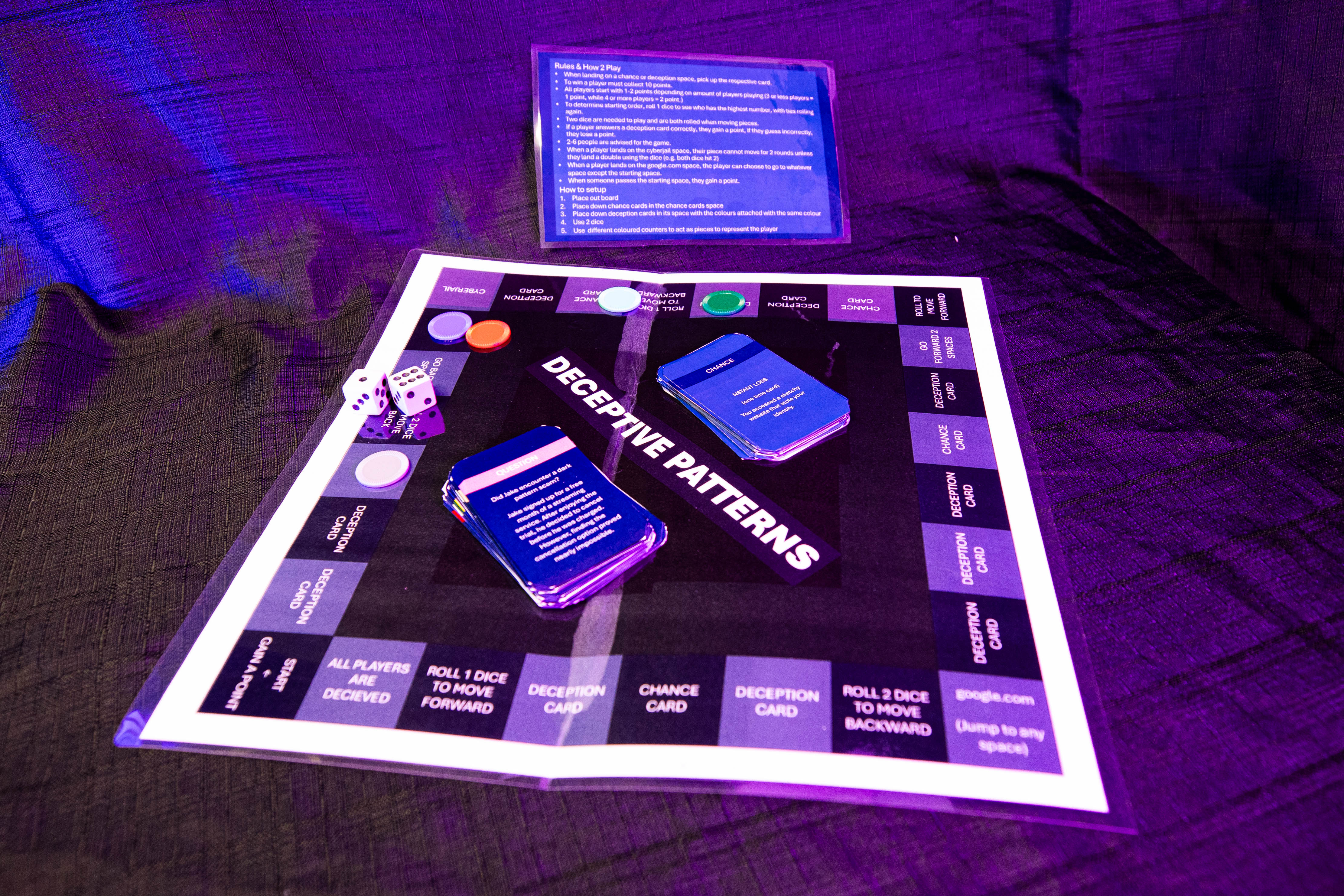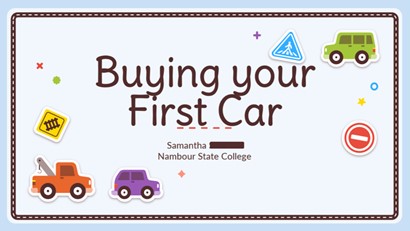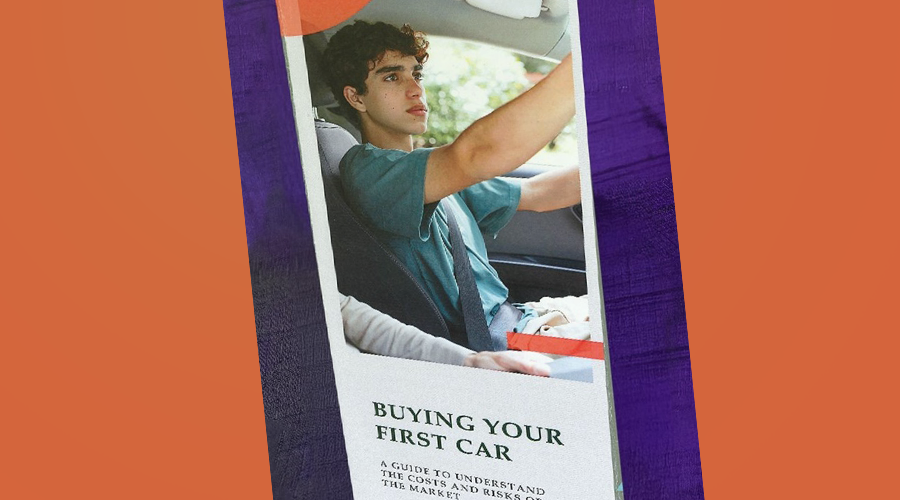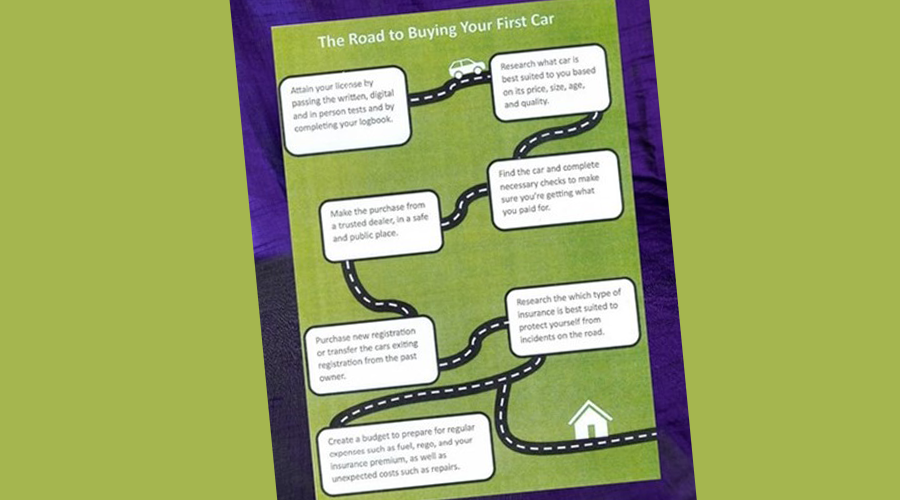Welcome to today's episode of TDG—The Daily Gossip.
As we all know, shrinkflation is a huge problem in Australia, which becomes a huge problem for us.
When you go to the shops, you have a heart attack at how expensive things are and how small things have gotten.
But first of all, what is shrinkflation and why do shops do it?
Shrinkflation is when a product gets smaller in size and quantity, but the price stays the same or rises.
A common trick of shrinkflation is when the shops reduce the product by 25 or 50g, and shoppers don't even notice.
Some recent examples of shrinkflation are cereals, chips, cleaning products, biscuits and chocolate.
No one knows why shrinkflation is happening, but shops claim that it's because of the rising costs they have to pay to get the products.
While shrinkflation isn't illegal, it is frowned upon and greatly criticised by the public.
If you are in your early teens and you’re starting to buy your own snacks, this video is for you.
You need to be smart when shopping and the best way to not get tricked by shrinkflation is by comparing products to get the most bang for your buck.
It is important to compare products and to buy smart when shopping because we need to not be wasting money and we need to be able to realise when we're being tricked.
Learning this in your early teens is good practice for when you are an adult when you will come across more important financial decisions than buying snacks.
One of the best ways to compare products is by looking at the price-per-100g label, or finding out the weight and comparing that to the other products.
To help you buy smarter, we'll show you how to compare products successfully because some teens have no idea how to.
Oh, I don’t know which one is the best value. I need help—I guess I'll just get this one.
What should we get at the shops today, Ruby?
Well, Doritos, pretzels and KitKats are really popular with the teens today.
Let's get that.
What type of KitKat should we get, Ruby?
Well, there are 4 different options.
The fun-size KitKat, 1 of the bars in the 18 pack, has been shrinkflated by Nestle.
Previously, 1 of these chocolate bars weighed 17g only to be discovered to weigh only 14g this year, which is a 17% reduction.
This is a picture of a KitKat a while ago and the KitKat now.
Oh, look at this 1. It's a chunky version. It's only $2.50.
Well, it is better than this 1 at the same price, but this bar is 5g less—what a rip off.
So let's get this 1.
Wait let's compare the other ones first.
O.M.G. This KitKat milk chocolate block is $3.75 for 100g. And this KitKat chunky box is $5 for 100g. We should definitely get this 1.
Wait. This 18 pack of mini KitKats is $2.50 per 100g—way better pricing. These KitKats get us the best bang for our buck.
Pretzels are quite a popular snack but, in Australia, chips have been shrinkflating fast. Many shoppers and consumers have noticed that there has been a severe decline in the amount of chips in the bag.
Meredith, I'm in a dilemma. These 2 products cost the same—which 1 do I buy?
Well, look here—this, pretzels bag is 200g, but this bag is 225g for the same price—they're trying to trick us.
This bag is a better value—getting the most bang for our buck?
Well, this 6-pack is $3 per 100g, while this big bag is $2.13 per 100g—this big bag's the best.
Chips have been shrinkflating fast, and a popular teenage chip snack is Doritos. These iconic cheesy triangles are the last teenage snack we will be investigating today.
People are claiming that the Doritos are thinner and there are much less chips in a bag.
Which Doritos pack shall we get Ruby—this 1 or this 1?
Well, you could get 1 of those, but that Dorito box is $4.74 per 100g and that mini bag is $4.50 per 100g. This Dorito bag is $2.24 for 100g—so this is the best value.
Wow, you sure do know how to compare products.
Now all teens know how to compare products.
Hmm, I don't know which 1 gets me the most bang for my buck. I need help TDG!! Wow—thanks, TDG!
Now that you know some tips on how to be a smart shopper, you will most likely be less affected by shrinkflation when you start to buy snacks for yourself in your early teens.
Remember to be a savvy shopper and buy smart by getting the most bang for your buck, by comparing products.



